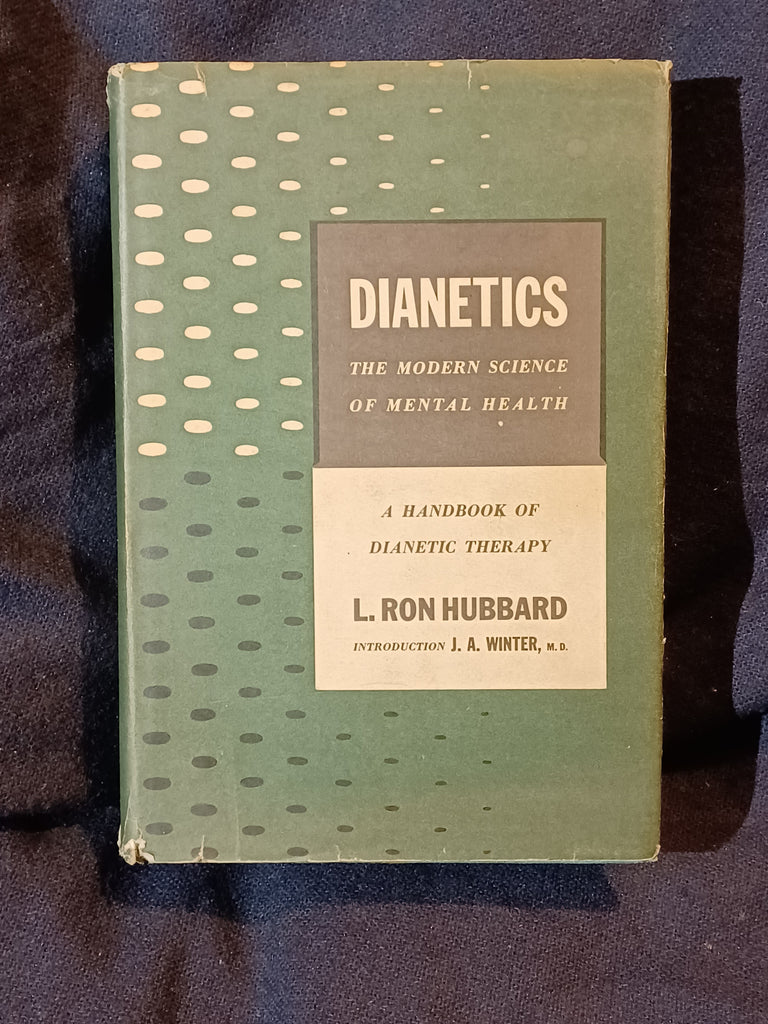Dianetics Fundamentals Explained
Dianetics Fundamentals Explained
Blog Article
The Best Strategy To Use For Dianetics
Table of ContentsDianetics Things To Know Before You Get ThisTop Guidelines Of DianeticsFacts About Dianetics RevealedDianetics - The Facts
As a kid, according to his aunts, Ron Hubbard was currently had of a fecund creative imagination, composing video games and stories for the amusement of the invariably attentive adults in his world. Initially, he had an ability for dream which he was to bring with him throughout his life.Although he created the vast and complex globe of Scientology, in which his fans can shed themselves for years, he did not want to be recognized with his marks. By the very early thirties, Hubbard obtained an other half and 2 kids (Dianetics). To the scary of his conventional parents, he flunked out of university and had no acceptable skills with which to support his young household

A Biased View of Dianetics
He was an extremely quick author, and would certainly work all night to generate tale after story, retiring at dawn to sleep until early mid-day. No matter exactly how respected his result, he can never ever appear to make enough cash to sustain his profligate investing behaviors. By the mid-forties, his literary outcome was starting to decrease.
He soon realized the limitations of his occupation, that he was not going to accomplish power and cash by creating penny-a-word pulp adventures. The means to make money, he started to remark to his buddies, is to start a faith. He as soon as addressed a team of science fiction authors in New Jacket with the words, "Composing for a cent a word is ridiculous.
Reports said he was working with something brand-new, a book on psychology. In January of 1950, a mystical advertisement appeared in Astounding Sci-fi, a pulp publication edited by his close friend, John Campbell, appealing: ... a write-up on the science of the mind, of human idea. It is an entirely new science, called Dianetics, and it does precisely what a science of thought must do.

The 15-Second Trick For Dianetics
It is an expedition into terra incognito, the human mind, that vast and hitherto unidentified realm half an inch back of our foreheads. You are starting an adventure. Treat find out here now it as an adventure. And may you never coincide again. ( 3 ) Early in the book, Hubbard presented what he called the "clear." Dianetically, the optimum person is called the "clear." One will hear much of that word, both as a noun and a verb, in this volume, so it is well to hang out here initially setting forth specifically what can be called a clear, the goal of Dianetic therapy.
These examinations validate the clear to be completely without such ills or aberrations. ( 4 ) The state of official site Clear, Hubbard promised, was a frame of mind never in the past achieved by man. In fact, upon achieving Clear, an individual would certainly proceed from the state of Homo Sapiens to the new and innovative state of "Homo Novis." Dianetic therapy, called "bookkeeping" (to pay attention), turned out to be an amalgam of Freudian analysis, in which a lying client is motivated to recall past stressful experiences; abreactive treatment, in which previous events are reexperienced by the patient with their coming with feeling; General Semantics of Korzybski, in which an individual discovers to set apart in between subconscious experiences; and the psychoanalytic concept of Nandor Fodor, in which the impact of prenatal experiences is discovered.
According to Hubbard, all the events of our lives are kept psychological as "mental picture pictures," or memories. Yet they are saved, or "submitted," in "chains" by comparable content. So a person may have a "frustration chain," or a "pain in the best ankle joint chain," etc. By guiding the individual, called the "preclear" in Dianetics (one that is not yet "Clear"), to recall and reexperience the distressing memories on each chain, the possibility of the "somatic" of that chain to "key-in" or end up being restimulated in the here and now can be eliminated.
The full file of all the memories of a private going back in time is called the "time track (Dianetics)." Hubbard declared that when an individual was investigated to the point that all his subconscious, "reactive" memories were refiled in the "logical" memory banks, after that he would achieve the state of Clear and would never ever again experience the effects of his reactive mind
Little Known Questions About Dianetics.

By the end of the year, over 150,000 duplicates of the Dianetics publication had been offered. In a radiant write-up in the New York Times, a reviewer stated substantially that "background has become a race between Dianetics and disaster," ( 5 ) echoing an idea commonly stated by Hubbard. By August, there were greater than this website 100 pupils enrolled for the one month Dianetic auditing training course taught at the Foundation by Hubbard.
Report this page